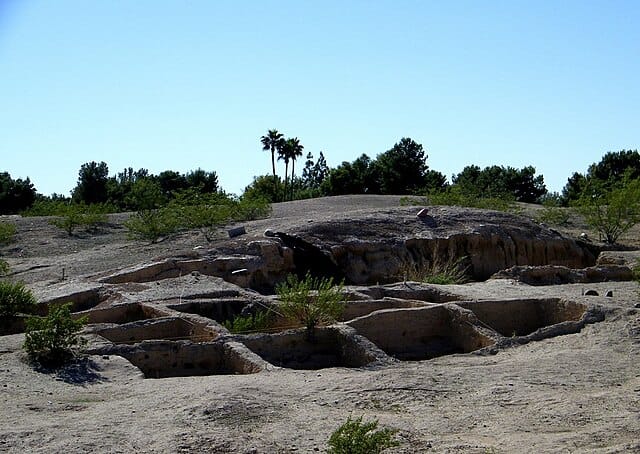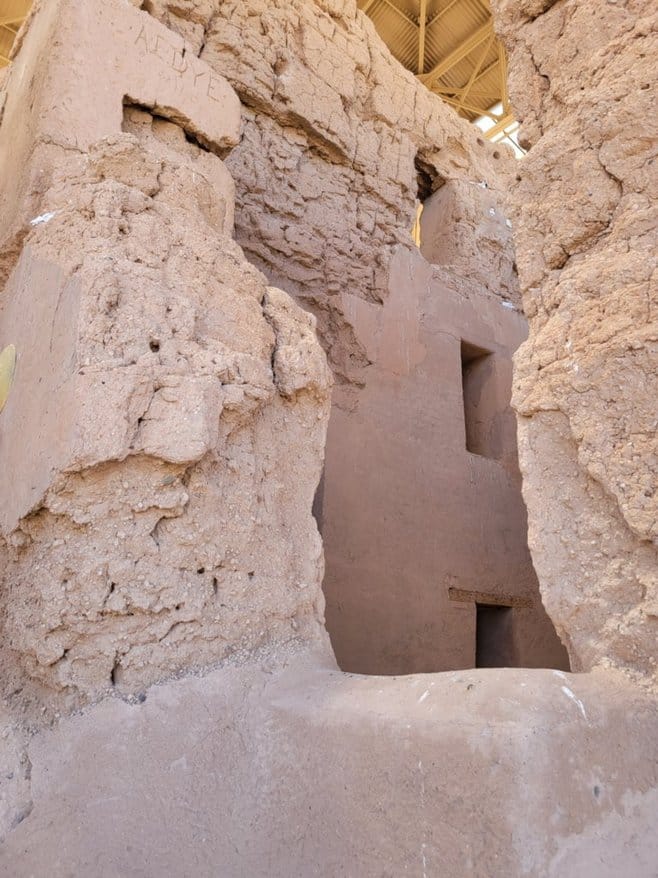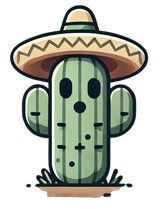Before Phoenix: The Master Builders Who Created an Ancient Desert Metropolis


If you live in Phoenix, you live atop an ancient marvel. Before skyscrapers rose and air conditioning cooled the Valley, a sophisticated civilization known as the Hohokam engineered a desert paradise using knowledge that still amazes archaeologists.
The Hohokam thrived from around A.D. 450 to 1450. Their name, given by the Akimel O’odham people, "means all used up" or “The Vanished Ones.” Their greatest achievement was transforming the Salt River Valley into fertile farmland through hundreds of miles of hand-dug canals.
Let's look at who the Hohokam were, how their canal system worked, what their daily life and culture looked like, why they eventually disappeared, and where you can still see their legacy today.
The Master Engineers of the Desert
The Canal System
The Hohokam’s defining legacy is water. They built one of the most extensive canal networks in the ancient world. It was over 500 miles, with some estimates reaching 1,000. Canals could run 10 feet deep and 45 feet wide, carved entirely without metal tools or surveying equipment.
Despite these limits, they understood water flow with precision. Their grading was so accurate that water ran smoothly through the system for centuries. The canals carried Salt and Gila River water into fields that otherwise would have been barren.
Phoenix owes its very existence to this system. Many of today’s canals, operated by the Salt River Project (SRP), run directly along or parallel to Hohokam-built paths. Every time you pass one, you’re looking at a living continuation of their work.
Life in the Community
The Hohokam lived in villages spread across the Valley, their homes often pit houses: structures dug partway into the earth with roofs of wood and brush. Maintaining the canals required large, coordinated efforts. That meant leadership, planning, and organization on a scale matching their engineering skills. Their society was not just surviving in the desert, but was instead thriving.

Culture, Trade, and Ballcourts
Craftsmanship and Trade
The Hohokam are known for striking red-on-buff pottery, decorated with geometric designs, as well as jewelry made from imported shells. They were expert traders, linking the Salt River Valley with distant regions. Shells came from the Gulf of California, and exotic materials like copper bells and macaw feathers arrived from Mesoamerica.
Architecture and Ritual
Two types of structures stand out: platform mounds and ballcourts. Platform mounds were large earthen structures likely used for ceremonies or as elite residences. Ballcourts were oval-shaped depressions, strikingly similar to those in Central America. Their presence hints at cultural exchange and shared ritual practices.
Farming and Food
The Hohokam grew the “three sisters”—corn, beans, and squash—staples of ancient agriculture. They also cultivated cotton, an important crop that ties neatly into Arizona’s famous “Five C’s.” Their farming sustained tens of thousands of people for centuries in a region most would call inhospitable.
The Mystery of the Vanishing
The Peak
For nearly a thousand years, the Hohokam flourished. Their canals supported a dense population and vibrant trade economy. Then, suddenly, it all changed.
The Decline
By the 1400s, the culture entered steep decline. Archaeologists point to several possible causes:
- Environmental Stress: Over time, canal irrigation caused salt to build up in the soil, making farmland less fertile.
- Climate Change: Evidence suggests a severe drought struck the region, reducing river flow and crippling the canal network.
- Conflict: Resource scarcity may have led to fighting, though signs of widespread warfare are limited.
The Legacy
The Hohokam didn’t vanish entirely. Their descendants are believed to be the Akimel O’odham (Pima) and Tohono O’odham (Papago) peoples, who still live in Arizona today. Their traditions and stories carry forward the memory of this ancient civilization.

Where to See the Hohokam Today
- Casa Grande Ruins National Monument: South of Phoenix, the “Great House” still stands—a four-story caliche structure whose purpose remains debated. It may have been an observatory or community center.
- Pueblo Grande Museum Archaeological Park (Phoenix): Located right in the city, this site lets visitors walk among remnants of canals and a platform mound. It’s one of the best places to experience Hohokam history without leaving the metro area.
- Snaketown (Hohokam Pima National Monument): Once a major Hohokam settlement, this site is on tribal land and not open to the public. Its restricted status underscores the need to respect cultural heritage.
- Modern Canals: Sometimes the best connection is the simplest. Drive around Phoenix, spot the big SRP canals, and remember the Hohokam made life in this valley possible long before the first subdivision was built.
The Lasting Legacy
The story of the Hohokam is a story of water. By engineering canals through desert rock and soil, they built a civilization that endured for centuries. Their rise and fall is a reminder that human survival here depends not on luck, but on ingenuity and on respecting the limits of the land.
The next time you’re stuck in Phoenix traffic or admiring a patch of green in the Valley, think of the Vanished Ones. Their genius is buried beneath your feet, their lessons still echo in the desert wind.
Subscribe to Roam Arizona
Sign up to get new Arizona stories, hidden gems, and updates delivered to your inbox.
You’re officially on the trail.
Peek at your inbox (or the spam gulch) for your first map.





